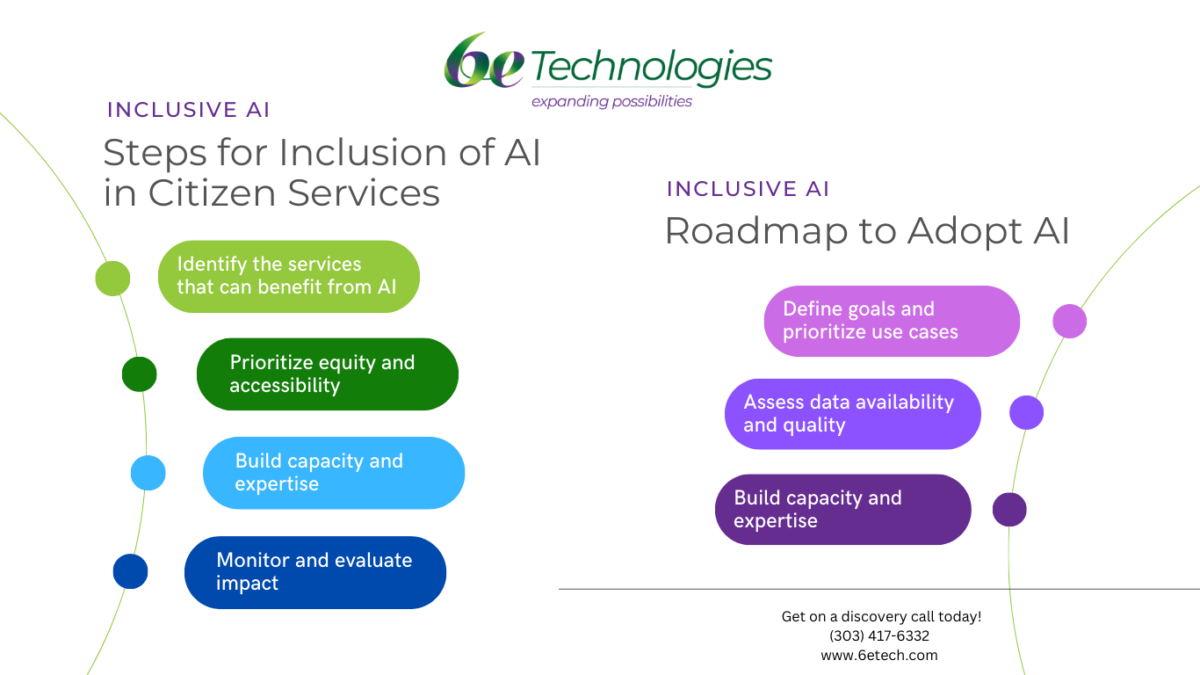In today’s rapidly evolving digital age, technology advancements continue to reshape industries across the board, and the public sector is no exception. One transformative solution that has gained significant traction in recent years is Robotic Process Automation (RPA). This cutting-edge technology holds immense potential for streamlining operations, enhancing citizen experiences, and improving overall efficiency within public services. This comprehensive step-by-step guide aims to equip public service organizations with the knowledge they need to implement RPA successfully. By highlighting its benefits and providing possible examples that could lead to successful transformations, this guide will shed light on how RPA can revolutionize the delivery of public services.
Step 1: Identifying Processes Suitable for Automation
The first step in leveraging RPA within the public sector is identifying automation processes. These processes typically involve repetitive tasks such as data entry, document processing, and administrative duties. Public service organizations can eliminate manual errors and significantly reduce processing times by automating these tasks. For example, a government agency seeking to enhance efficiency can automate data extraction from various forms and populate databases. Technologies like optical character recognition (OCR) can be used to extract data accurately from the identified forms. While doing so it is essential to continuously monitor the data extraction and population process to ensure its effectiveness and address any issues that arise. This kind of automation eliminates tedious manual work and enables the agency to provide faster and more accurate services to citizens.
Step 2: Conducting Feasibility Assessment and Impact Evaluation
Before diving into RPA implementation, conducting a feasibility assessment and evaluating the potential impact is crucial. Public service organizations must consider process complexity, scalability, and regulatory compliance factors. For instance, a municipality analyzing its permit application process may identify tasks that can be automated, such as document verification and status updates. The agency can expedite the permit processing timeline by automating these steps while ensuring citizens receive real-time application updates. To start with intelligent document processing to extract information from forms is the most important step in this direction. By integrating the permit processing system with an application tracking system, citizens can receive instant updates on their application status. Automated notifications through email, SMS, or online portals can keep applicants informed about any changes in their applicationIt will not only enhance operational efficiency but also improves overall citizen satisfaction.
Step 3: Designing an Effective RPA Solution
Designing an effective RPA solution is a critical factor in successful implementation. Public service organizations should thoroughly understand their existing workflows, identify pain points, and determine desired outcomes. For instance, a tax authority can design an RPA solution to automate the validation and processing of tax returns. This can involve implementing software robots to extract relevant data from tax forms, perform data validation checks, and calculate tax amounts. It seems like a daunting task but can be achieved with careful planning and articulation. This automation reduces manual effort and ensures higher accuracy in the tax assessment process, leading to improved efficiency and accuracy.
Step 4: Selecting the Appropriate RPA Tools and Technologies
Selecting the right RPA tools and technologies plays a pivotal role in the success of implementation efforts. Organizations must evaluate solutions based on integration capabilities, user-friendliness, and scalability. For example, a local transportation agency aiming to optimize revenue management can select an RPA platform that seamlessly integrates with existing systems. This integration allows the agency to automate fare collection processes, synchronize revenue data with the app, and provide real-time updates to passengers regarding fares, payment options, and travel information. By leveraging the app’s capabilities, the agency can enhance passenger experience, improve revenue tracking, and streamline fare management for a more efficient and convenient transportation system.
Step 5: Implementing RPA with a Well-Defined Roadmap
Implementing RPA successfully requires a well-defined roadmap. This roadmap should include conducting pilot projects, establishing governance structures, and providing comprehensive training to employees. For instance, A healthcare organization can automate appointment scheduling and reminders by implementing a digital appointment management system. This system can integrate with the organization’s electronic health record (EHR) system and patient communication channels. Patients can schedule appointments online or through automated phone systems, and the system can automatically send appointment reminders via email, SMS, or mobile app notifications. This initial success is a strong foundation for further RPA adoption across different areas within the organization.
Step 6: Ensuring Security and Compliance
Security and compliance are paramount considerations in RPA implementations within the public sector. Public service organizations must implement robust data protection measures, access controls, and thorough audit trails to safeguard sensitive information. For example, A social services agency can utilize RPA to automate the eligibility verification process for benefits by implementing software robots that extract and validate relevant information from application forms and databases. These robots can cross-check the data against privacy regulations and predefined criteria to determine eligibility. This ensures compliance with privacy regulations while reducing manual effort and processing times.
Step 7: Measuring Success and Continuously Improving
Measuring success and striving for continuous improvement are essential aspects of any RPA implementation. Public service organizations should monitor key performance indicators (KPIs) such as cost savings, process efficiency, and citizen satisfaction.
Conclusion
In conclusion, Robotic Process Automation (RPA) has emerged as a transformative solution for the public sector, enabling organizations to streamline operations, enhance citizen experiences, and improve overall efficiency. By following this step-by-step guide, public service organizations can harness the power of RPA to automate repetitive tasks, redirect resources towards value-added activities, and deliver enhanced services to citizens. Embrace the potential of RPA and embark on a transformational journey towards a more efficient and citizen-centric public sector.











